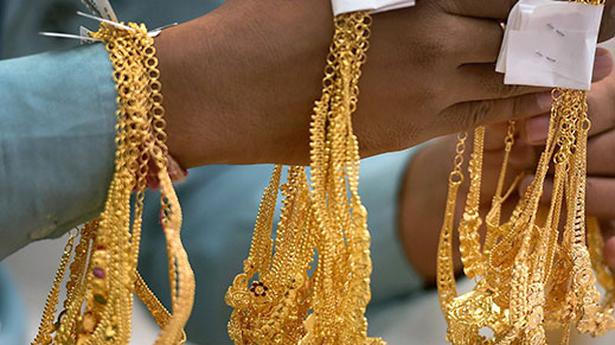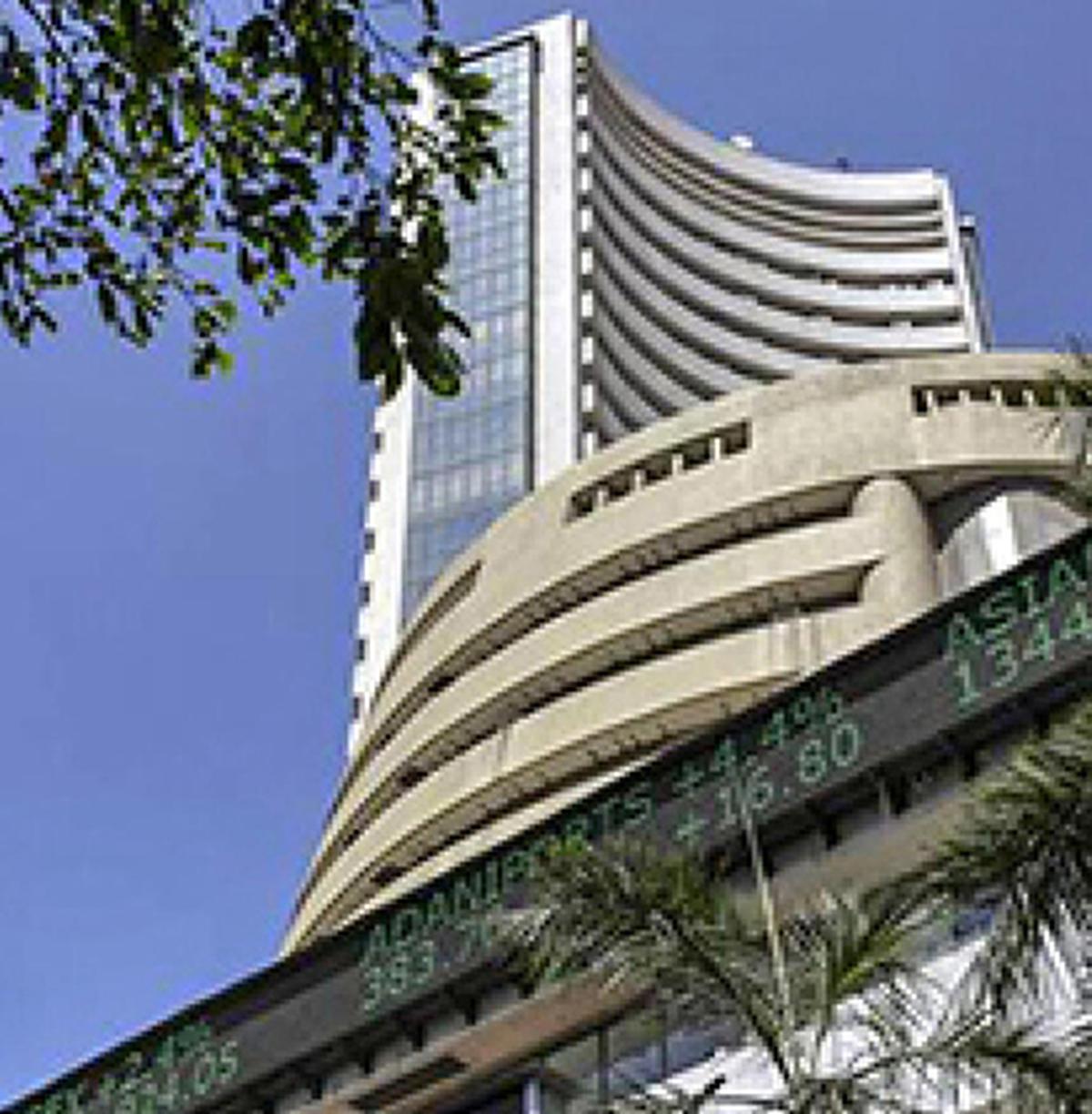Global gold demand has seen a year-on-year decline of 8% during the April-June period to 948.4 tonnes and going ahead, further monetary tightening and continued dollar strength may pose headwinds, says a report.
According to the WGC Gold Demand Trends Q2 2022 report, the total gold demand during the second quarter of 2021 stood at 1,031.8 tonnes.
The year-on-year demand was affected by an increase in gold electronic traded funds (ETFs) outflow, decline in Central banks buying and lower demand from the technology segment, the report said.
After an initial rally in April on geopolitical risks and building inflationary pressure, the gold price dropped by 6% in the second quarter of 2022, as investors shifted their focus to rapidly rising interest rates and a strikingly strong U.S. dollar.
The average gold price during April-June quarter was $1,870 an ounce, without taxes, compared with $1,816 an ounce last year in the international markets, WGC Regional CEO, India, Somasundaram PR told PTI.
According to the WGC report, during the April-June quarter, the overall investment demand declined by 28% to 205.8 tonnes, compared with 286.1 tonnes in the same period of 2021.
“In the first half of 2022, the global gold market was supported by macroeconomic factors such as rampant inflation and geopolitical uncertainty, but it also faced headwinds from rising interest rates coupled with an almost unprecedented surge in the value of the U.S. dollar,” WGC Senior Analyst EMEA Louise Street said.
And, while it has been seen that prices ease from exceptionally high levels in the first quarter, gold has been one of the best performing assets so far this year, she noted.
“Looking ahead, we see both threats and opportunities for gold in H2 2022. Safe-haven demand will likely continue to support gold investment, but further monetary tightening and continued dollar strength may pose headwinds,” she said.
Further, as many countries face economic weakness and the cost-of-living crisis continues to squeeze spending, consumer driven demand will likely soften, although there should be pockets of strength, she added.
Meanwhile, thanks to strong ETF inflows in the January-March quarter, gold demand for the first half of 2022 is up 12% to 2,189 tonnes, compared with 1,951 tonnes in the year-earlier period.
The total demand for bar and coin remained flat during the second quarter at 244.5 tonnes, compared to 245.5 tonnes a year ago, as a sharp drop in China was offset by growth in India, the Middle East and Turkey.
However, the jewellery demand witnessed a marginal increase of 6.15% year-on-year to 484.3 tonnes, helped by a recovery in the Indian market, it said.
“Barring China, jewellery performed in most markets. The jewellery’s strong performance in India balanced the significant decline of 28% in China, where the market was dampened by coronavirus lockdowns for zero COVID policy that stalled economic activity and constrained consumer spending,” Mr. Somasundaram said.
The report further noted that “during the first half of this year, the Reserve Bank added 15 tonnes to the country’s reserve. India had added 77 tonnes to its gold reserves in 2021,” Mr. Somasundaram added.
In the technology sector, demand for gold was down 2% at 78.4 tonnes, compared to 79.8 tonnes in the same period last year, as the consumer demand around the world started to fall during the second quarter due to inflationary pressures and geopolitical issues coupled with supply chain disruptions, the report said.
Further, the report said the total supply, including mine production and recycled gold, was up by 5% during the quarter at 1,192.7 tonnes, compared to 1,137.4 tonnes in the corresponding period a year ago.
Recycled gold volumes during the quarter under review rose by 5% on a year-on-year basis to 291.1 tonnes, compared to 278.5 tonnes a year ago, with higher volumes seen in India, Turkey and most European countries, it said.





